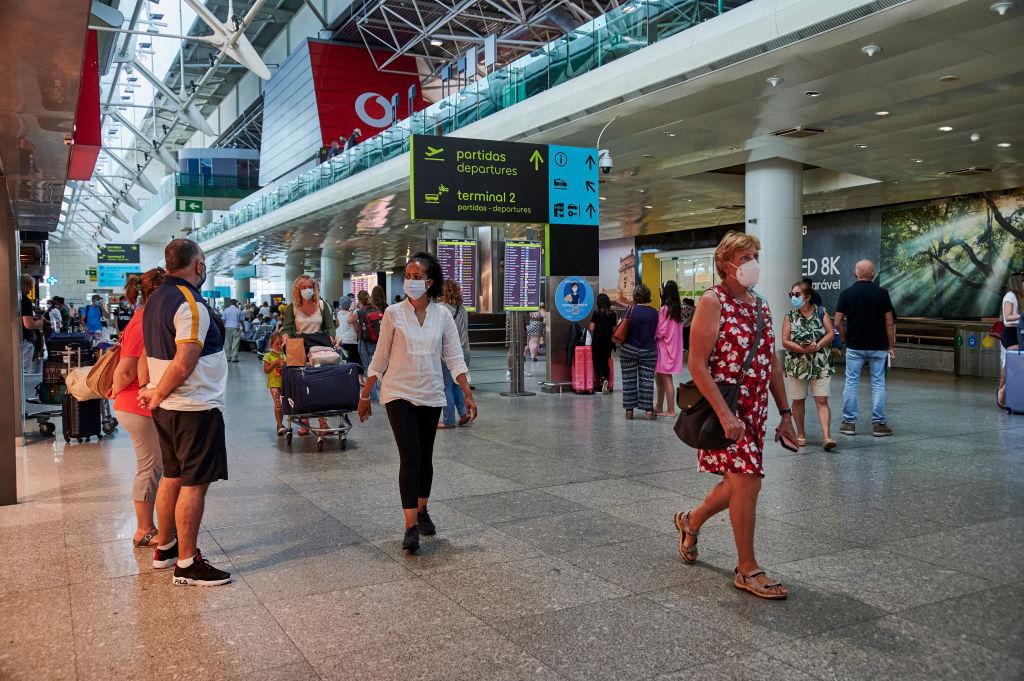
Traffic across the European airport network increased by more than a third in 2021 compared with the previous 12 months but remained 59% down on 2019 levels, a report published by ACI Europe has found.
The trade body said that passenger numbers last year were down by 1.4 billion on pre-pandemic levels, citing the impact of the delta variant during the first half. This followed a reduction of 1.72 billion in 2020.
Although traffic began to pick up during the second half of 2021—boosted by vaccine rollouts and the reopening of the transatlantic market—the emergence of the omicron variant slowed the recovery during December.
ACI Europe director general Olivier Jankovec said many airports remain under “considerable stress” as a result, with “systemic financial weakness” across the industry.
The report found that airports in the EU+ market saw passenger traffic increase by 29.2% in 2021 compared to the previous year but remained 64.6% down on 2019 levels. Greece (-45.8% on 2019), Romania (-52.7%) and Luxembourg (-53.9%) were the strongest performers, while Finland (-80.5%), the UK (-78.1%) and the Czech Republic (-74.8%) were the weakest.
Outside of the EU+ market, Russia saw traffic decline by just 24.4% compared with 2019 thanks to the strength of its large domestic market.
Looking at traffic by airport, Istanbul (IST) was the busiest in Europe, followed by Moscow Sheremetyevo (SVO) and Paris Charles de Gaulle (CDG). Amsterdam (AMS) ranked fourth and Moscow Domodedovo (DME) in fifth.
However, ACI Europe said that smaller regional airports have been recovering at a faster pace since last summer compared to large airports, reflecting the fact that many intercontinental markets remain closed, and the recovery remains largely driven by leisure and VFR traffic in domestic and intra-European markets.
Jankovec said that overall European traffic during first quarter of 2022 would be disappointing, but the market should pick up once the northern summer season gets underway.
He added: “Whether this happens earlier depends on the pace at which travel restrictions can be lifted now that omicron is prevalent. A number of countries are moving in that direction, but much more needs to be done.”
